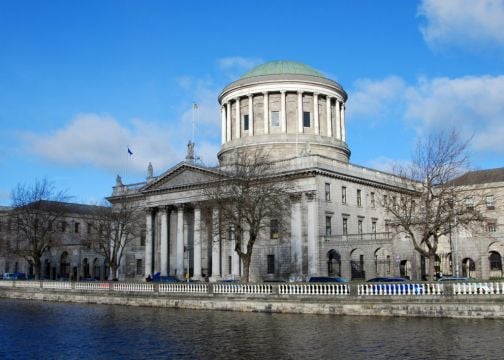The High Court has refused to quash a decision that a change of use of a former furniture manufacturer and storage premises to walk-in self-storage units required planning permission.
Ms Justice Siobhan Phelan ruled An Bord Pleanála was correct in finding the self-storage operation was a material change of use of the building on a narrow stretch of the Richmond Road in Fairview, Dublin.
Dublin City Council had refused an application from Brendan Stanley, operator of the self-storage unit business, for a declaration that the change of use was exempt development.
The council also brought enforcement proceedings against Mr Stanley for unauthorised development which were adjourned in the District Court.
He appealed the council's refusal decision to the board, which upheld the decision. Mr Stanley then brought High Court proceedings against the board.
His principal ground in asking the court to overturn the decision was that neither the board nor its inspector, who did a report on his application, identified a proper and reasoned basis for the conclusion that the change of use was “material”.
Traffic overspill
The board disputed the claim and said the decision was correctly taken on the basis of relevant considerations and was properly grounded in evidence and adequately reasoned.
It was also pointed out the board inspector's report referred to the restricted nature of the site, which would result in an overspill of traffic onto the narrow and heavily trafficked Richmond Road, and also referred to the impact on residential amenities in the area.
Ms Justice Phelan said not only did the board identify the correct legal test, but it also applied it. The inspector’s report properly recorded that the new use is a different class of use to the previous use, she said.
It was not unreasonable for the board to conclude that the change of use was sufficiently material as to require an application for planning permission, she said.
While the board's concerns may not preclude permission being granted if an application is made, the issues with the site identified in materials before the board were such to warrant scrutiny, including public participation, during the planning application process, she said.







